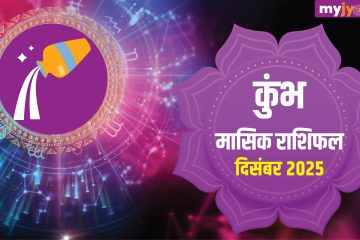Exploring the Significance of Kannada Language in India

Introduction: The Essence of Kannada
Kannada, a Dravidian language predominantly spoken in the Indian state of Karnataka, is not just a means of communication; it embodies the rich cultural heritage of the region. With over 50 million speakers, it stands as one of the major languages in India and holds an esteemed place in the literary world.
The Rich History of Kannada
The history of the Kannada language dates back over a thousand years, with its earliest inscriptions dating back to the 5th century. It has witnessed various phases of evolution, with significant contributions from poets, playwrights, and linguists. The celebrated ancient text “Kavirajamarga,” authored by the Rashtrakuta king Amoghavarsha, represents one of the earliest writings in Kannada, marking the language’s importance in literary history.
Kannada in Contemporary Society
In modern times, Kannada plays a vital role in the educational, political, and cultural landscapes of Karnataka. It is the medium of instruction in many schools and universities, fostering learning and preserving regional identity. The government actively promotes Kannada through various initiatives, ensuring that it thrives among younger generations.
Cultural Significance and Celebrations
Kannada is not only a language but also a vehicle for expressing the diverse traditions and customs of Karnataka. Festivals like Kannada Rajyotsava, celebrated on November 1st, honor the unification of Kannada-speaking regions and encourage a sense of pride among speakers. Furthermore, the language is celebrated in arts, music, and cinema, contributing to a bustling cultural scene.
Challenges Ahead
Despite its rich heritage, Kannada faces challenges in the form of globalization and the dominance of other languages. Efforts are underway to encourage usage among the youth, with initiatives promoting Kannada in digital platforms and media.
Conclusion: The Future of Kannada
The future of Kannada looks promising, with ongoing efforts to empower and promote the language in various domains. As India progresses towards a more interconnected future, maintaining linguistic diversity will be crucial. The continued support for Kannada, embedded deeply in Karnataka’s identity, will not only enrich the cultural tapestry of India but also ensure that future generations connect with their heritage.









